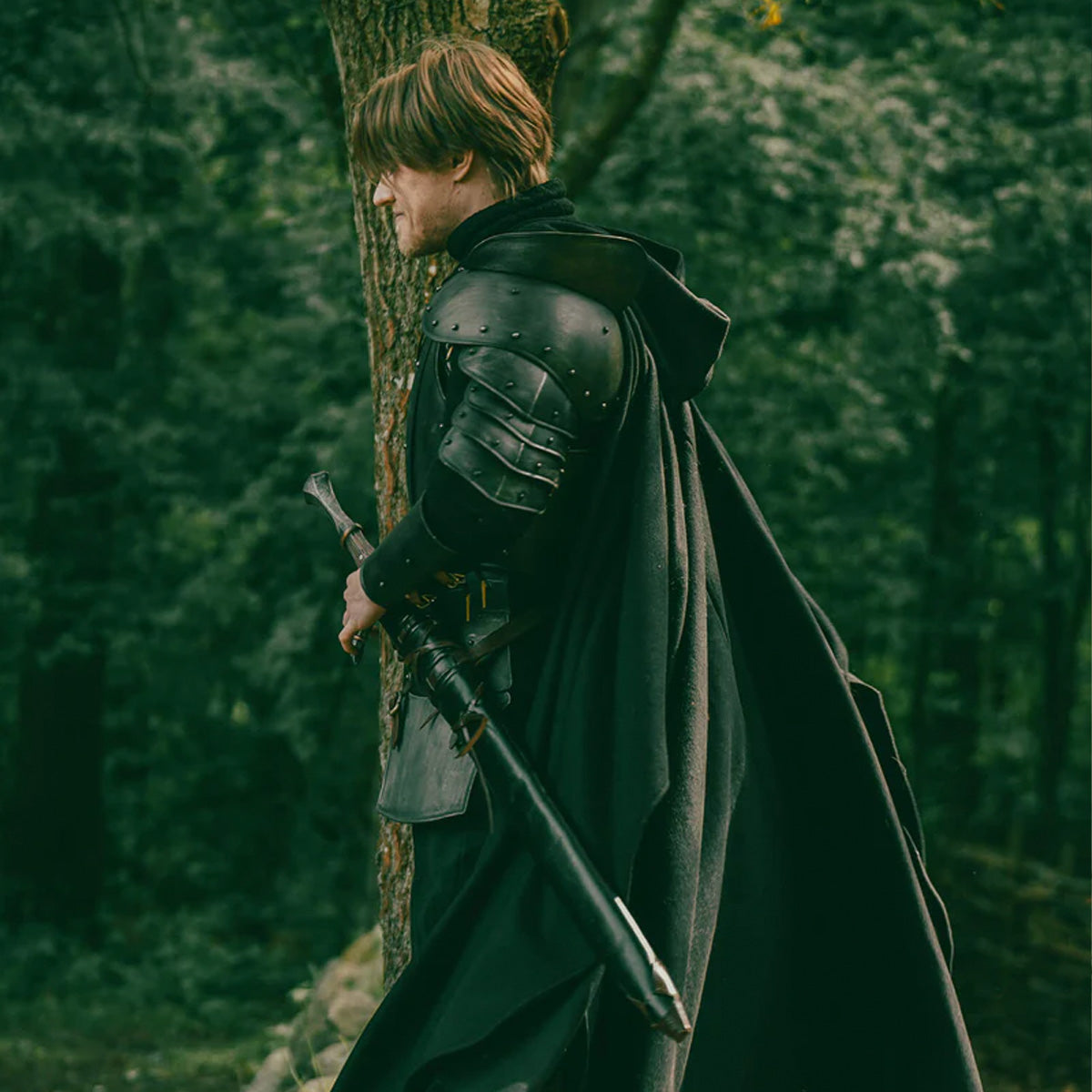Article: Layering & Accessories for LARP Costumes
Creating a memorable character in LARP is more than simply donning a tunic and going out. If you desire to make your costume memorable and feel like a real, living, breathing part of the world, then you must get deep into layering and accessorizing. Regardless of the character you're portraying, whether you're a seasoned knight, a quick-fingered rogue, or a mysterious mage, how you piece together your ensemble can impart substantial personality and depth. This article keeps it all straightforward and step-by-step to guarantee that your costume is both believable and uniquely yours.
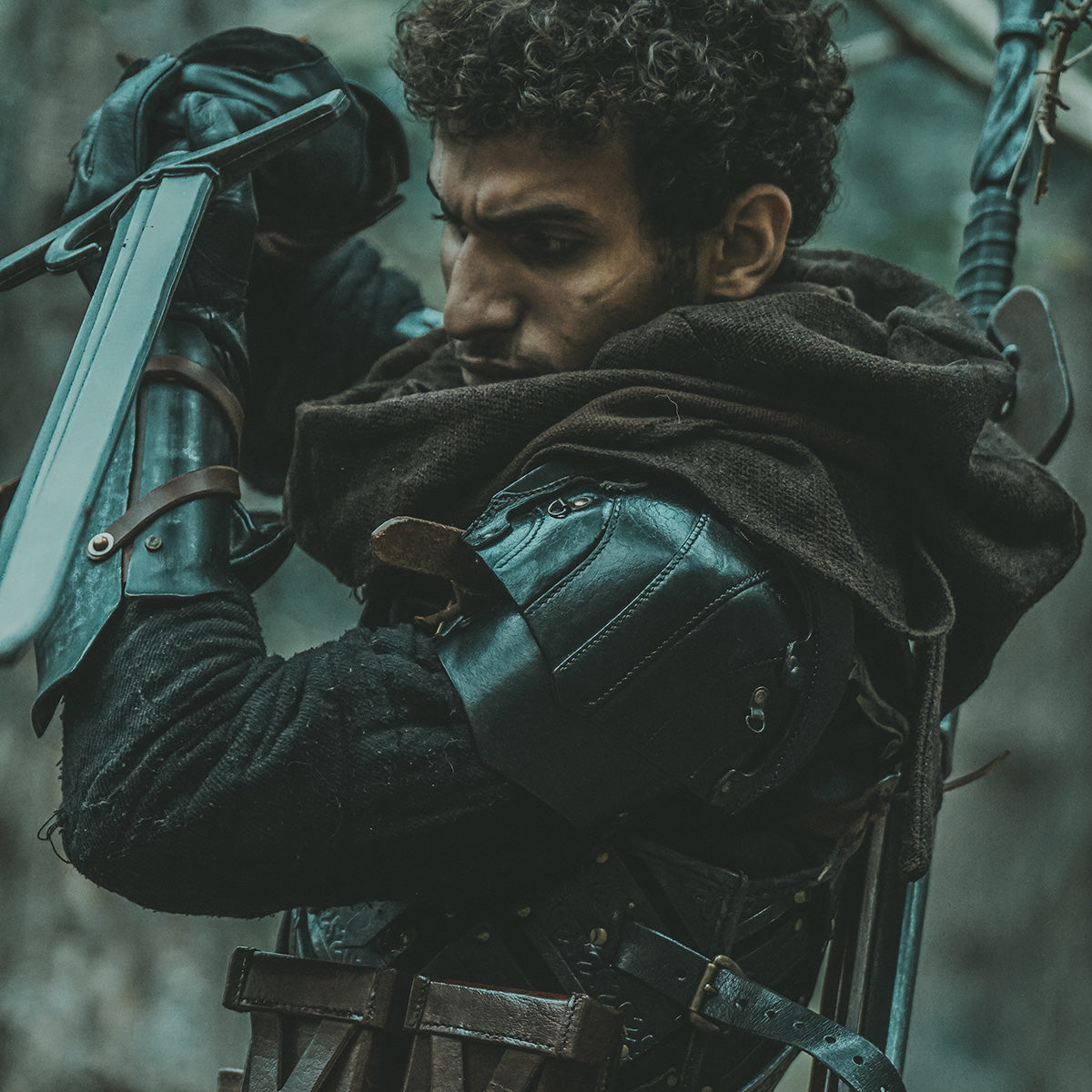
Why Layering Matters in LARP
Layering isn't just adding on clothing, it's bringing your character to life visually. Layering creates depth in your costume, helps you look more a part of your setting, and even helps with dealing with inclement weather or challenging terrain during an event.
Why is layering so great?
- Creates depth and dimension: Layering keeps your costume from looking flat. It provides texture, contrast, and story to every fold and seam.
- Super functional: Extra layers are warm, they keep you safe from battle scenes, and they can serve as equipment carriers.
- Easy to customize: You can add or remove layers based on weather or narrative. Super convenient when changing clothes in the middle of the game.
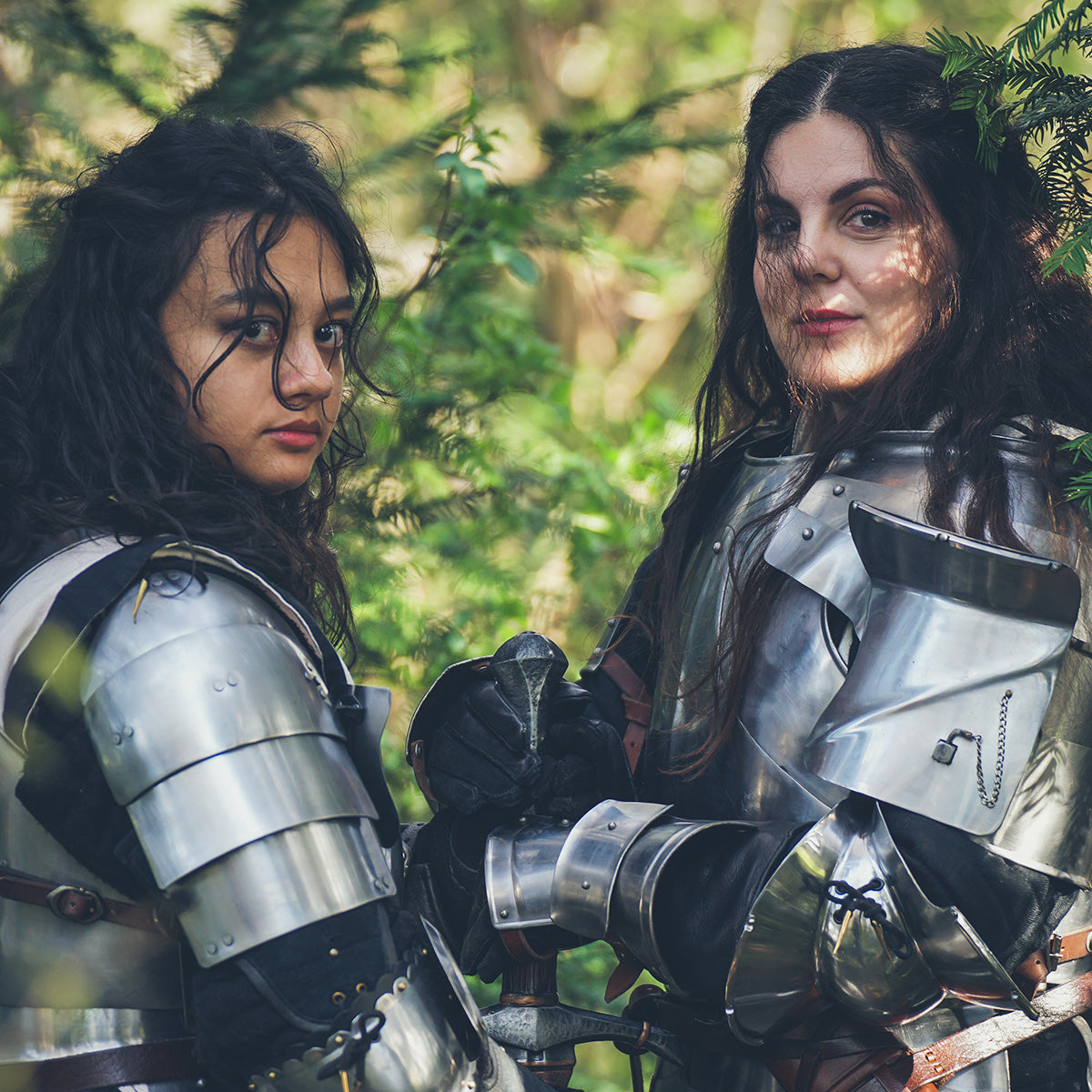
Easy Layering Tips
Base layer: Start with something that's comfortable and light like tunics, undershirts, and chemises. This is your foundation.
Middle layer: This is where your character really starts to shine. Add surcoats, vests, or padded pieces like gambesons. These help convey your character's profession or status.
Outer layer: Capes, coats, robes, they bring it all together and can totally change the look of your character.
Extra touches: Wraps, scarves, and sashes add movement and drama. Layer them over armour, belts or shoulders for a weathered or regal look.
Pro Tip:
Try using different materials such as linen, wool, velvet, metal or leather to create a rich and authentic look to your costume.
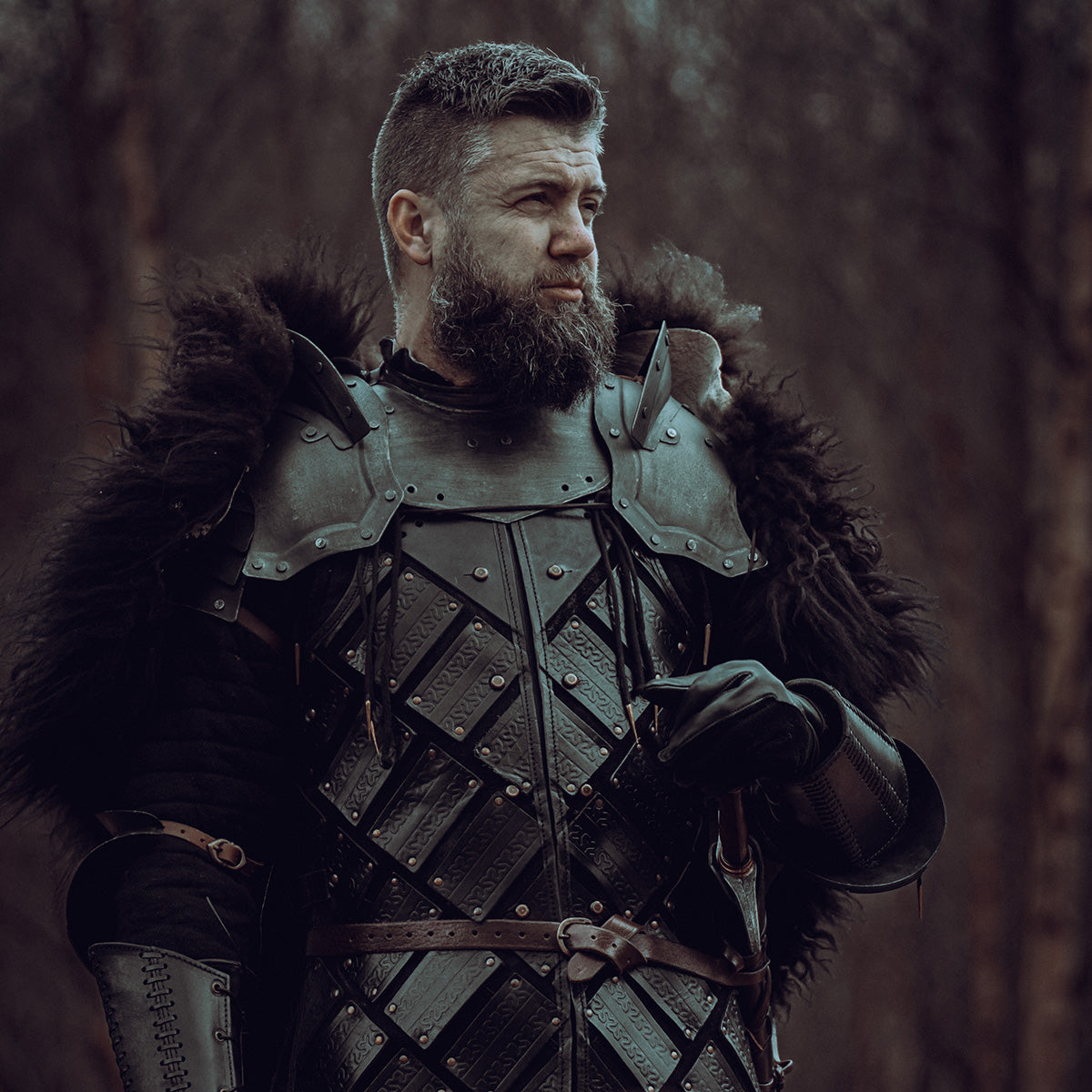
Accessorising to Tell a Story
Accessories are not merely decorative fluff, accessories tell other players who your character is:
- They act as instant conversation starters that draw other players into your story.
- They help you slip into character more easily by giving you tangible things to interact with.
- They signal your role, social rank or intentions, helping others understand how to approach you in-game.
- They add depth and nuance, making your character feel lived-in and believable.
- They invite spontaneous roleplay moments you wouldn’t get otherwise.
- They give you physical cues to improvise with, especially during quieter scenes.
- They make you more memorable to other players, which strengthens ongoing storylines.
- They help define your character’s personality without needing long explanations.

Choosing the Right Accessories
Belts & pouches: These are practical and stylish. You can wear them to hold in-game materials like potions or scrolls, or just to have your equipment within easy reach.
Jewelry & trinkets: Brooches, rings, amulets, etc. can bestow enigma or riches on your character. Magical talismans or heirlooms might be your pick.
Headgear: A crown, a hood, a foolish feathered hat; headpieces are expressive and memorable. They're great for enabling other people to immediately read your role.
Weapons & shields: Of course, they're to fight with, but they're going to form part of the appearance too. Decorate them with runes, family crests, or symbols for added depth.
Bracers & gloves: Armor in this case will be for combat characters, but elaborate cuffs or gloves will be utilized to express class or sophistication in others.
Pro Tip:
Mix practical items (like a belt) with personal ones (like a charm). It feels more realistic with the balance.

Bringing It All Together
The real magic happens when layers and accessories converge in a way that you get to feel your character. It's not the goal to slather on every cool thing you have; it's to make everything look intentional and worn in.
Start with the basics: Get your base outfit sorted out first, then gradually add accessories where they naturally occur.
Think about your character's life: Is he/she sneaky? Maybe he/she needs a light cloak and lots of pouches. Is he/she high-born? Go more elaborate with fancy textures and indicators of class.
Make it make sense: Harmonize your accessories and layers by coordinating colors and textures that look like they go together. Leather belt with leather boots. Gold trim on cloak and gloves. That sort of thing.
Pro Tip:
Don't over-accessorize your costume. Choose items that mean something instead of piling on extra stuff.
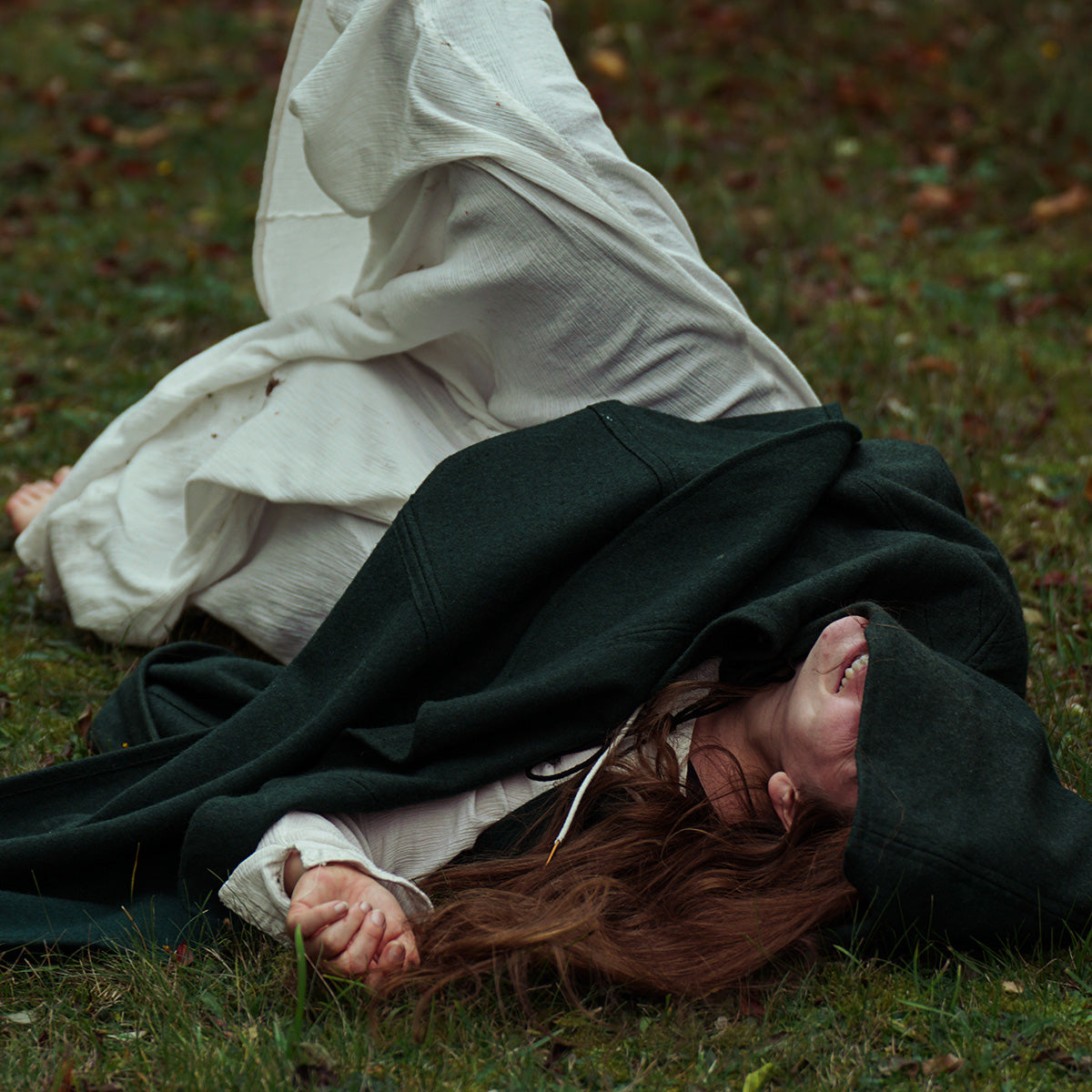
Practical Tips for LARPing
Appearing fabulous is only half the fight, you also need to be able to walk, withstand the elements, and remain comfortable for extended periods.
Here's what to remember:
Comfort is key: Make sure nothing restricts your movement or gets in your way. You’ll be walking, running, and maybe even rolling around.
Weather can be wild: Layers are your best friend when the sun disappears or the rain rolls in. Add or remove stuff as needed without breaking immersion.
Go for longevity: Your costume needs to withstand. Use hard-wearing materials for belts, boots, and scarves that can take a beating and remain stylish.
Satisfy the dream and the practical: A beautiful costume is great, but make sure that it functions in life as well. Can you carry things in it? Can you walk briskly? Can you sit comfortably?
Pro Tip:
Don't shy away from scuffing it up a bit. A well-worn cloak or scuffed boot is more interesting than that brand new one off the shelf.
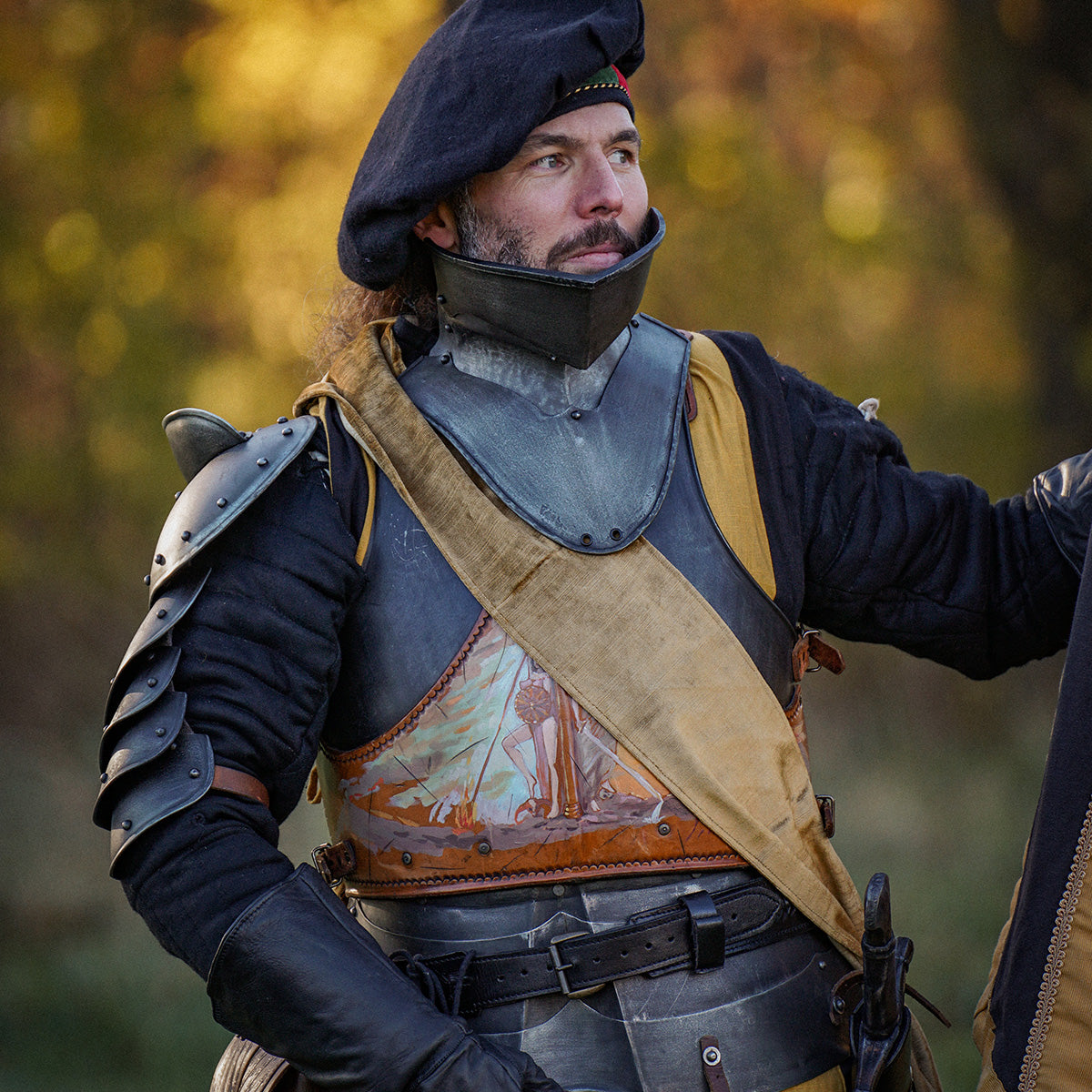
Going the Extra Mile: Customization
Once you’ve got the basics down, customization is where your costume truly becomes yours. It’s the little touches that can make a big impact.
Ideas for personalizing your look:
Embroidery & symbols: Add your house sigil, guild mark, or magical runes with some stitching or fabric paint.
Dye it your way: Stand out with hand-dyed cloaks or tunics that match your backstory.
Do it yourself: Craft your own pouches, sashes, or bracers for the personal touch.
Final Thoughts
When it comes to LARP costuming, accessorizing and layering are where you create your character. Layers give you depth and structure, and accessories give you those personal touches that turn heads and make people ask questions. The idea isn't perfection, but it's a look that's telling a story.

